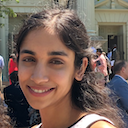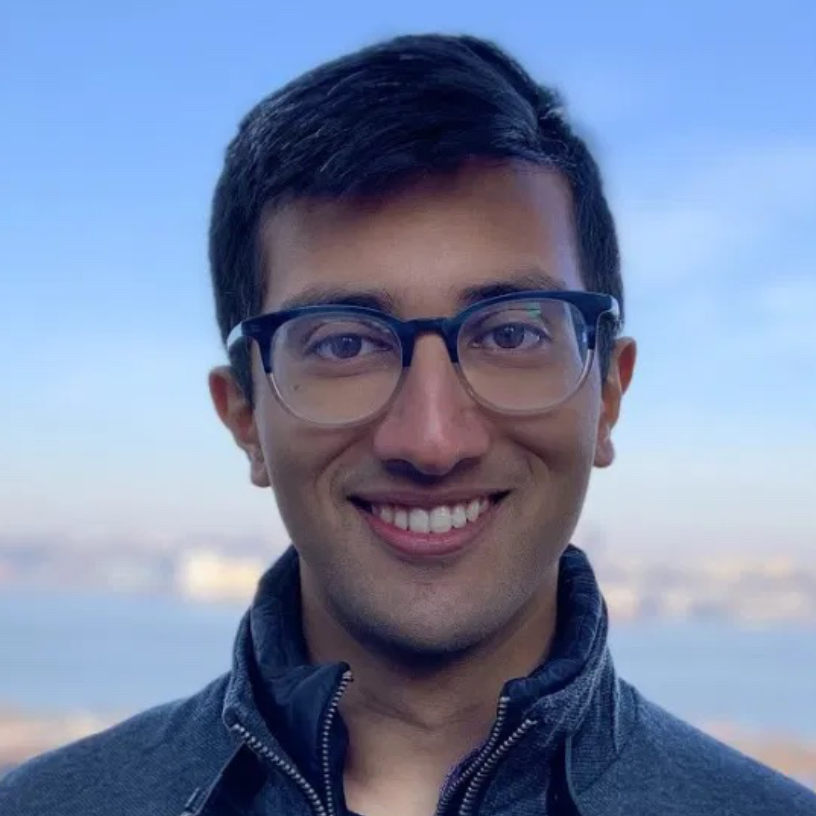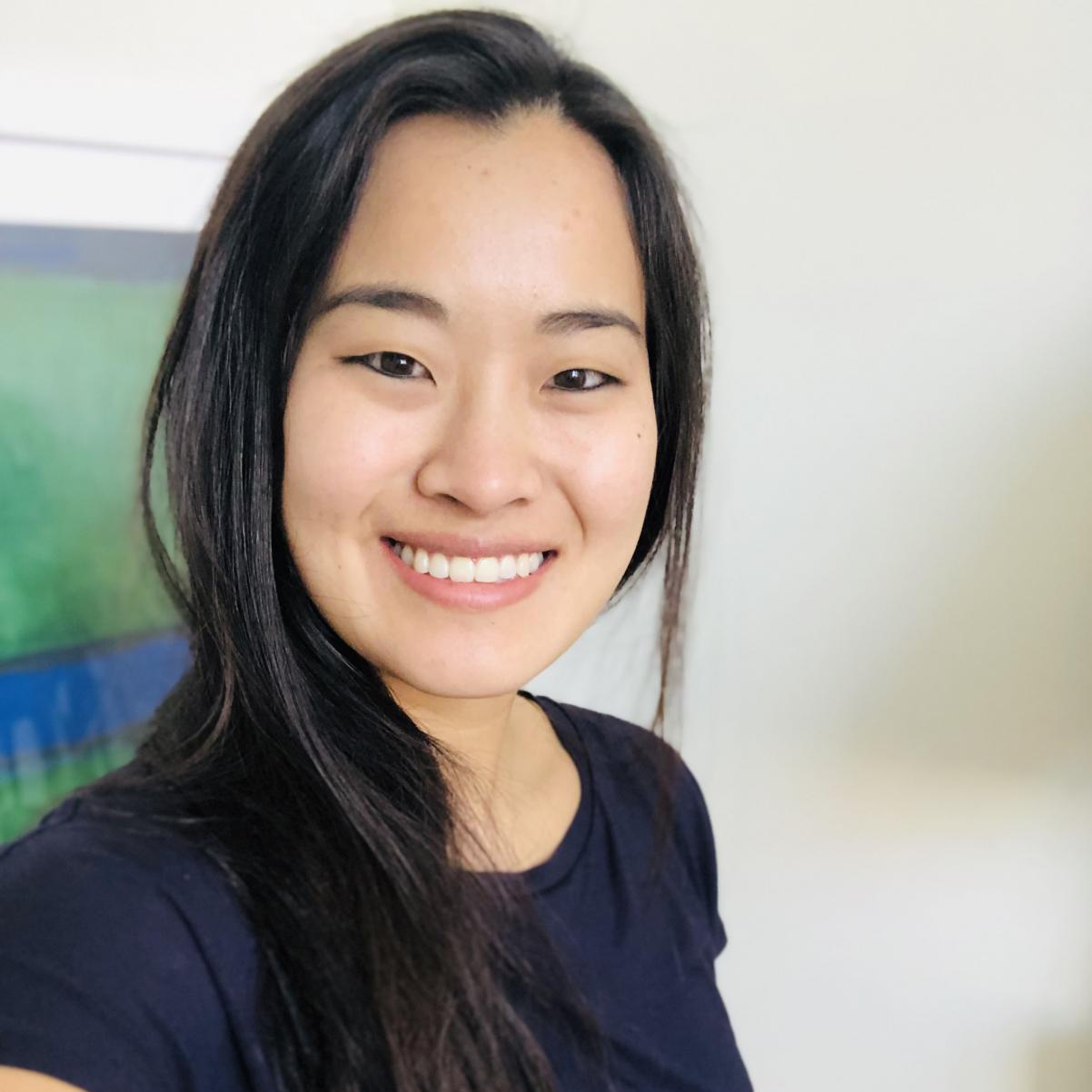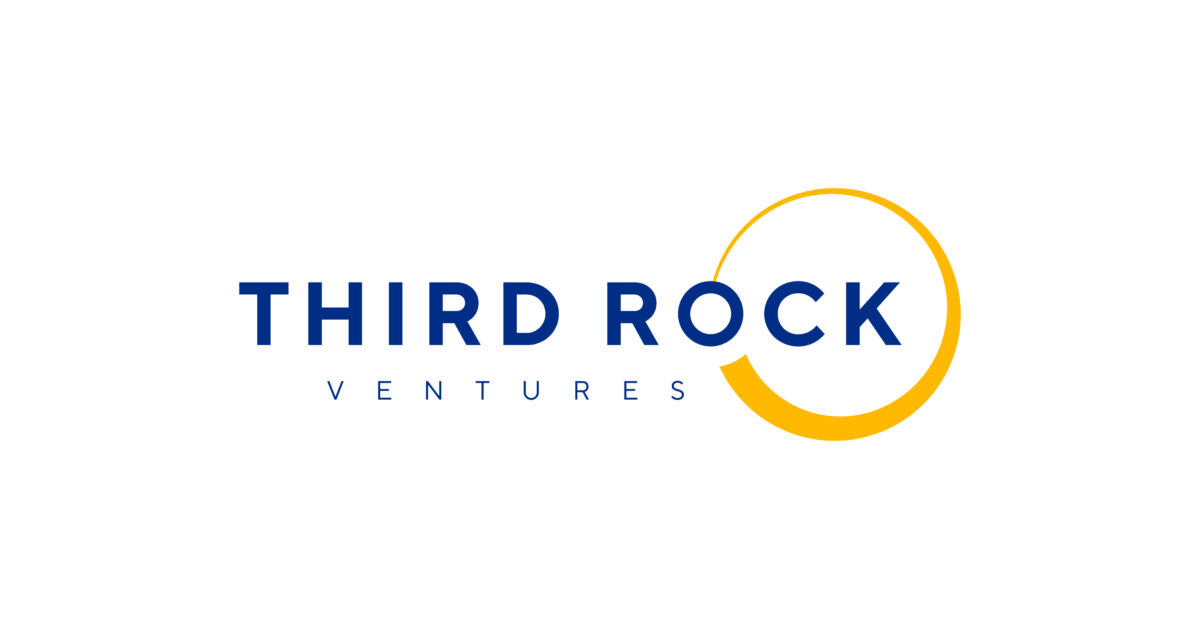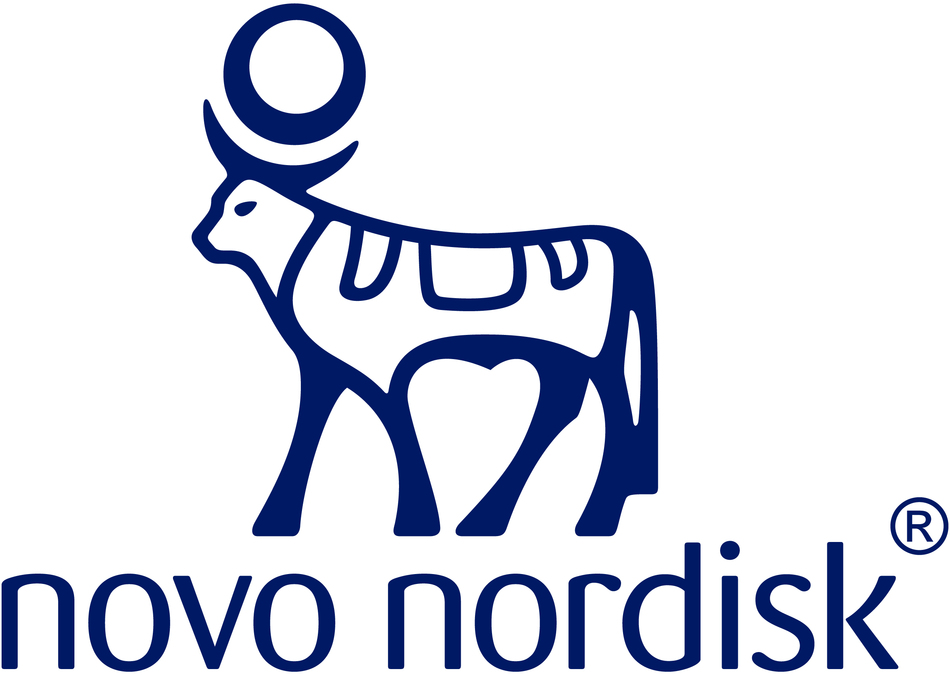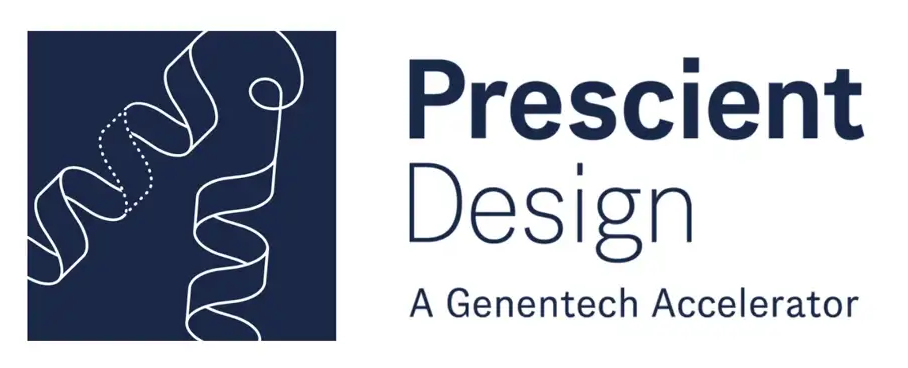In only a few years, structural biology, the study of the 3D structure or shape of proteins and other biomolecules, has been transformed by breakthroughs from machine learning algorithms. Machine learning models are now routinely being used by experimentalists to predict structures that can help answer real biological questions (e.g. AlphaFold), accelerate the experimental process of structure determination (e.g. computer vision algorithms for cryo-electron microscopy), and have become a new industry standard for bioengineering new protein therapeutics (e.g. large language models for protein design). Despite all this progress, there are still many active and open challenges for the field, such as modeling protein dynamics, predicting higher order complexes, pushing towards generalization of protein folding physics, and relating the structure of proteins to the in vivo and contextual nature of their underlying function. These challenges are diverse and interdisciplinary, motivating new kinds of machine learning systems and requiring the development and maturation of standard benchmarks and datasets.
In this exciting time for the field, our workshop, “Machine Learning in Structural Biology” (MLSB), seeks to bring together relevant experts, practitioners, and students across a broad community to focus on these challenges and opportunities. We believe the union of these communities, including the geometric and graph learning communities, NLP researchers, and structural biologists with domain expertise at our workshop can help spur new ideas, spark collaborations, and advance the impact of machine learning in structural biology. Progress at this intersection promises to unlock new scientific discoveries and the ability to design novel medicines.
MLSB will be an in-person workshop with hybrid elements (livestream + chat for questions) in Room 288 - 289 on Saturday, December 3rd, 2022 at NeurIPS.
Stay updated on changes and workshop news by joining our mailing list.
WIFI
network name: NeurIPS
password: conference
SCHEDULE MLSB will begin at 8:30am CST and end at 5:00pm CST on Saturday, Dec 3. The physical workshop will take place in Room 288 - 289 in the New Orleans Convention Center. The schedule of talks and poster sessions is available at our website, mlsb.io and on the NeurIPS website.
PANEL - We will be hosting a panel discussion including our invited speakers on research directions in Machine Learning for Structural Biology from 2:50-3:50p CST. We are soliciting additional discussion topics and questions -- let us know what you would like to hear about by filling out this google form: https://forms.gle/fiJ6ZzsmepKL87tMA.
POSTER SESSIONS - We have scheduled two poster sessions at 11:15-12:15pm CST and 3:50-4:50pm CST. Posters can be set up before the conference begins, between 8:00-8:30am, during the break between 9:45-10:05am, or at the beginning of the first poster session. We ask that posters are 24"W x 36"H, as there may be space constraints in the room that limit the display of wider posters. However, if you already have a poster of a different size, it is acceptable to use that.
LUNCH + HAPPY HOUR - MLSB will be providing boxed lunches to attendees during the workshop. In addition, there will be a happy hour during the afternoon poster session, where drinks will be served (non-alcoholic options will be available).
ORALS - Each oral will have a 15 minute timeslot. We anticipate that talks should last approximately 10 minutes, allowing 5 minutes for questions and transition between speakers. If you are presenting in-person, you may check slides before the workshop (8:00-8:30am CST) or during the break (9:45-10:05am CST).
Please check the schedule on our website, mlsb.io, for your presentation time. If you are not able to make this time, let us know as soon as possible. Additionally, below we have listed the format we currently have for each oral presentation (In-person, Live over Zoom, or Prerecorded). If this information is not correct, please let us know. You can contact us at workshopmlsb@gmail.com with any issues.
VIRTUAL PARTICIPATION - MLSB will have some hybrid elements. There will be a livestream (a link is available at the NeurIPS website. Chat will be available on the NeurIPS workshop site for asking questions. Currently, there is no official venue for presenting posters virtually at MLSB. However, we are considering options to enable greater virtual participation over the next few days. If you have a poster at MLSB but plan to participate only virtually, please let us know by adding your name to this google form as soon as possible.
| 08:30 | Opening Remarks | |||
|---|---|---|---|---|
| 08:35 | Invited Speaker - David Fleet | |||
| 08:40 | ||||
| 08:45 | ||||
| 08:50 | ||||
| 08:55 | ||||
| 09:00 | Contributed Talk
Latent Space Diffusion Models of Cryo-EM Structure |
|||
| 09:05 | ||||
| 09:10 | ||||
| 09:15 | Contributed Talk
Protein Structure and Sequence Generation with Equivariant Denoising Diffusion Probabilistic Models |
|||
| 09:20 | ||||
| 09:25 | ||||
| 09:30 | Contributed Talk
Predicting conformational landscapes of known and putative fold-switching proteins using AlphaFold2 |
|||
| 09:35 | ||||
| 09:40 | ||||
| 09:45 | Break | |||
| 09:50 | ||||
| 09:55 | ||||
| 10:00 | ||||
| 10:05 | Invited Speaker - Kathryn Tunyasuvunakool | |||
| 10:10 | ||||
| 10:15 | ||||
| 10:20 | ||||
| 10:25 | ||||
| 10:30 | Contributed Talk
SWAMPNN: End-to-end protein structures alignment |
|||
| 10:35 | ||||
| 10:40 | ||||
| 10:45 | Contributed Talk
DiffDock: Diffusion Steps, Twists, and Turns for Molecular Docking |
|||
| 10:50 | ||||
| 10:55 | ||||
| 11:00 | Contributed Talk
Dynamic-backbone protein-ligand structure prediction with multiscale generative diffusion models |
|||
| 11:05 | ||||
| 11:10 | ||||
| 11:15 | Poster Session | |||
| 11:20 | ||||
| 11:25 | ||||
| 11:30 | ||||
| 11:35 | ||||
| 11:40 | ||||
| 11:45 | ||||
| 11:50 | ||||
| 11:55 | ||||
| 12:00 | ||||
| 12:05 | ||||
| 12:10 | ||||
| 12:15 | Lunch | |||
| 12:20 | ||||
| 12:25 | ||||
| 12:30 | ||||
| 12:35 | ||||
| 12:40 | ||||
| 12:45 | ||||
| 12:50 | ||||
| 12:55 | ||||
| 01:00 | Invited Speaker - Max Welling | |||
|---|---|---|---|---|
| 01:05 | ||||
| 01:10 | ||||
| 01:15 | ||||
| 01:20 | ||||
| 01:25 | Contributed Talk
EquiFold: Protein Structure Prediction with a Novel Coarse-Grained Structure Representation |
|||
| 01:30 | ||||
| 01:35 | ||||
| 01:40 | Contributed Talk
Predicting Ligand – RNA Binding Using E3-Equivariant Network and Pretraining |
|||
| 01:45 | ||||
| 01:50 | ||||
| 01:55 | Invited Speaker - Alexander Rives | |||
| 02:00 | ||||
| 02:05 | ||||
| 02:10 | ||||
| 02:15 | ||||
| 02:20 | Contributed Talk
Seq2MSA: A Language Model for Protein Sequence Diversification |
|||
| 02:25 | ||||
| 02:30 | ||||
| 02:35 | Contributed Talk
Metal3D: Accurate prediction of transition metal ion location via deep learning |
|||
| 02:40 | ||||
| 02:45 | ||||
| 02:50 | Break | |||
| 02:55 | ||||
| 03:00 | ||||
| 03:05 | Panel Discussion | |||
| 03:10 | ||||
| 03:15 | ||||
| 03:20 | ||||
| 03:25 | ||||
| 03:30 | ||||
| 03:35 | ||||
| 03:40 | ||||
| 03:45 | ||||
| 03:50 | Closing Remarks | |||
| 03:55 | Poster Session / Happy Hour | |||
| 04:00 | ||||
| 04:05 | ||||
| 04:10 | ||||
| 04:15 | ||||
| 04:20 | ||||
| 04:25 | ||||
| 04:30 | ||||
| 04:35 | ||||
| 04:40 | ||||
| 04:45 | ||||
| 04:50 | ||||
| 04:55 | ||||
3D alignment of cryogenic electron microscopy density maps by minimizing their Wasserstein distance
3D Reconstruction of Protein Complex Structures Using Synthesized Multi-View AFM Images
A Benchmark Framework for Evaluating Structure-to-Sequence Models for Protein Design
A Federated Learning benchmark for Drug-Target Interaction
Adversarial Attacks on Protein Language Models
Agile Language Transformers for Recombinant Protein Expression Optimization
Allele-conditional attention mechanism for HLA-peptide complex binding affinity prediction
Antibody optimization enabled by artificial intelligence predictions of binding affinity and naturalness
APPRAISE: ranking engineered proteins by target binding propensity using pair-wise, competitive structure modeling and physics-informed analysis
ChemSpacE: Interpretable and Interactive Chemical Space Exploration
Conditional Invariances for Conformer Invariant Protein Representations
Conditional neural processes for molecules
ContactNet: Geometric-Based Deep Learning Model for Predicting Protein-Protein Interactions
Contrasting drugs from decoys
Deep Local Analysis estimates effects of mutations on protein-protein interactions
Designing Biological Sequences via Meta-Reinforcement Learning and Bayesian Optimization
DiffDock: Diffusion Steps, Twists, and Turns for Molecular Docking
Diffusion probabilistic modeling of protein backbones in 3D for the motif-scaffolding problem
Does Inter-Protein Contact Prediction Benefit from Multi-Modal Data and Auxiliary Tasks?
Dynamic-backbone protein-ligand structure prediction with multiscale generative diffusion models
End-to-end accurate and high-throughput modeling of antibody-antigen complexes
EquiFold: Protein Structure Prediction with a Novel Coarse-Grained Structure Representation
EvoOpt: an MSA-guided, fully unsupervised sequence optimization pipeline for protein design
Explainable Deep Generative Models, Ancestral Fragments, and Murky Regions of the Protein Structure Universe
ExpressUrself: A spatial model for predicting recombinant expression from mRNA sequence
Fast and Accurate Antibody Structure Prediction without Sequence Homologs
Fast protein structure searching using structure graph embeddings
Heterogeneous reconstruction of deformable atomic models in Cryo-EM
Holographic-(V)AE: an end-to-end SO(3)-Equivariant (Variational) Autoencoder in Fourier Space
Identifying endogenous peptide receptors by combining structure and transmembrane topology prediction
Improving Molecular Pretraining with Complementary Featurizations
Improving Molecule Properties Through 2-Stage VAE
Improving Protein Subcellular Localization Prediction with Structural Prediction & Graph Neural Networks
Investigating graph neural network for RNA structural embedding
Investigating the conformational landscape of AlphaFold2-predicted protein kinase structures
Large-scale self-supervised pre-training on protein three-dimensional structures
Latent Space Diffusion Models of Cryo-EM Structures
Learning Free Energy Pathways through Reinforcement Learning of Adaptive Steered Molecular Dynamics
Learning from physics-based features improves protein property prediction
Ligand-aware protein sequence design using protein self contacts
Lightweight Equivariant Graph Representation Learning for Protein Engineering
Masked inverse folding with sequence transfer for protein representation learning
Membrane and microtubule rapid instance segmentation with dimensionless instance segmentation by learning graph representations of point clouds
Metal3D: Accurate prediction of transition metal ion location via deep learning
MLPfold: Identification of transition state ensembles in molecular dynamics simulations using machine learning
ModelAngelo: Automated Model Building in Cryo-EM Maps
Online Inference of Structure Factor Amplitudes for Serial X-ray Crystallography
Peptide-MHC Structure Prediction With Mixed Residue and Atom Graph Neural Network
Physics aware inference for the cryo-EM inverse problem: anisotropic network model heterogeneity, global pose and microscope defocus
Physics-aware Graph Neural Network for Accurate RNA 3D Structure Prediction
Plug & Play Directed Evolution of Proteins with Gradient-based Discrete MCMC
Predicting conformational landscapes of known and putative fold-switching proteins using AlphaFold2
Predicting Immune Escape with Pretrained Protein Language Model Embeddings
Predicting interaction partners using masked language modeling
Predicting Ligand – RNA Binding Using E3-Equivariant Network and Pretraining
Pretrained protein language model transfer learning: is the final layer representation what we want?
Protein Sequence Design in a Latent Space via Model-based Reinforcement Learning
Protein Structure and Sequence Generation with Equivariant Denoising Diffusion Probabilistic Models
Protein structure generation via folding diffusion
Protein-Protein Docking with Iterative Transformer
Reconstruction of polymer structures from contact maps with Deep Learning
Representation Learning on Biomolecular Structures using Equivariant Graph Attention
Representation of missense variants for predicting modes of action
RL Boltzmann Generators for Conformer Generation in Data-Sparse Environments
Seq2MSA: A Language Model for Protein Sequence Diversification
So ManyFolds, So Little Time: Efficient Protein Structure Prediction With pLMs and MSAs
Structure-based Drug Design with Equivariant Diffusion Models
SWAMPNN: End-to-end protein structures alignment
T-cell receptor specific protein language model for prediction and interpretation of epitope binding (ProtLM.TCR)
The geometry of hidden representations of protein language models
Towards automated crystallographic structure refinement with a differentiable pipeline
Training self-supervised peptide sequence models on artificially chopped proteins
Unsupervised language models for disease variant prediction
Using domain-domain interactions to probe the limitations of MSA pairing strategies
Visualizing DNA reaction trajectories with deep graph embedding approaches
What is hidden in the darkness? Characterization of AlphaFold structural space
ZymCTRL: a conditional language model for the controllable generation of artificial enzymes

